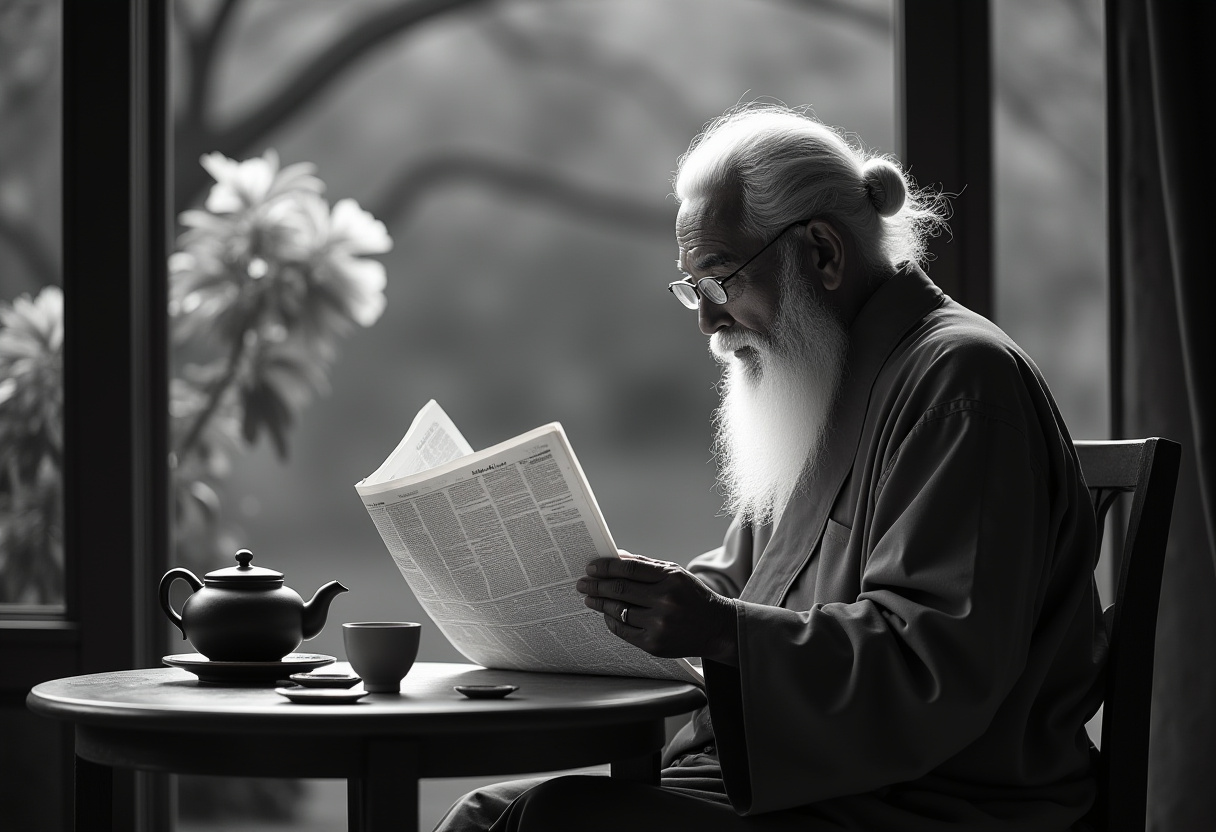As Australia stands on the brink of its May 3 elections, the significance of Western Australia (WA) has come into sharp focus, with a record 18 million Australians ready to vote. The ongoing political tussles highlight that WA is pivotal for both the Labor and Coalition parties. Current Prime Minister Anthony Albanese and Opposition Leader Peter Dutton have both made their presence felt in Perth, underscoring the stakes involved for their respective parties. The elections appear set to be a contest not just in terms of numbers but ideologies, as both sides frame their narratives around economic performance and the effectiveness of their respective portfolios.
Labor finds itself working to maintain the momentum gained during the COVID-19 pandemic, while the Coalition is scrambling to overturn unfavorable perceptions stemming from Scott Morrison's government. Polls indicate that Labor retains a slim lead, but the dynamics of local issues, candidate strategies, and voter sentiment towards pressing matters such as cost of living will determine the effectiveness of both parties’ campaigns. Voter sentiment also reflects concerns over integrity and honesty in politics, as shown by voices like Jason Boston from Bullwinkel, who stresses the necessity for elected officials to be trustworthy.
The elections are poised against a backdrop of significant financial issues nationwide, with families struggling with rising costs of living. The housing policy introduced by the Labor government could be a game-changer, allowing first-home buyers to enter the market with minimal deposits. As Australian citizens navigate complex economic realities, issues such as housing affordability resonate deeply, making them key battlegrounds in this election season.
The contrast between urban settings in affluent areas like Curtin and more agricultural regions like Bullwinkel highlights the diverse electoral landscape, giving both parties a diverse palette from which to draw support. All these dynamics unfold as politicians from both major parties continue to stake their claims on the electable narrative, transforming the upcoming election into a high-stakes chess game of political strategies underpinned by the need to resonate with local communities.
AD
AD
AD
AD
Bias Analysis
Bias Score:
65/100
Neutral
Biased
This news has been analyzed from 12 different sources.
Bias Assessment: The coverage demonstrates some bias, primarily due to the focus on the political strategies of the major parties while downplaying third-party candidates and independent voters. The language used often reflects a polarization between the policies of the Labor and Coalition parties without fully exploring alternative narratives or critiques. This could lead to reader perceptions that reinforce existing party loyalities rather than stimulating an open discussion of broader electoral dynamics.
Key Questions About This Article




